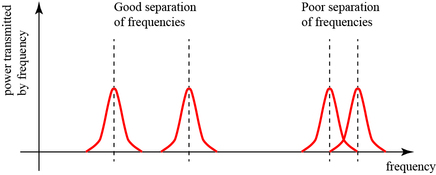- cross-posted to:
- science@kbin.social
- science@beehaw.org
- technology@beehaw.org
- cross-posted to:
- science@kbin.social
- science@beehaw.org
- technology@beehaw.org
cross-posted from: https://lemmy.ca/post/1916423
This insightful blog post seems to refer to this article. I hope the article is an isolated case. Although it’s undeniable that scientific illiteracy is spreading.



one thing i haven’t seen mentioned in the article: when antennas and propagation of radio waves are involved, it’s often useful to think of waves and things they encounter in terms of wavelengths. at 2.4 ghz (12cm), your wall might be 1 or 2 wavelengths, and this might be enough to slow down your wifi. at 5ghz, it might be 5 to 7, and signal degradation will be much worse. at visible light, even sheet of paper is hundreds of wavelengths thick. unless it’s translucent, no signal will come through. conversely, VHF or HF has much longer wavelengths, allowing much longer range and penetration through things like walls.
another important thing is that most of designs of antennas, filters, amplifiers and such components of transmitters and receivers usually operate on some narrow band, several % off carrier frequency. if you want to make that band larger, it usually means that your components have to be larger in terms of wavelengths. because in microwave region wavelengths are shorter, this means large bandwidths in manageably small devices. this works even better for light